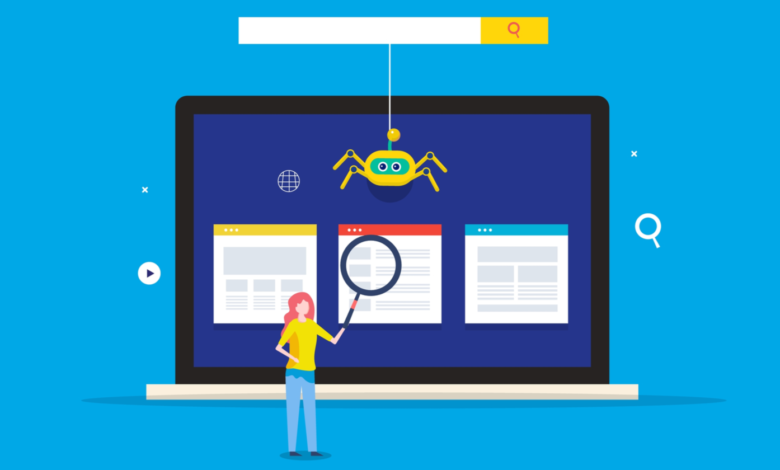7 Domain Hosting Issues and How to Troubleshoot Them Effectively

In this digital age, domain hosting plays a vital role in establishing an online presence for businesses and individuals. However, like any technology, it is not immune to issues and glitches that can hamper website performance. Along with its benefits, it is essential to be aware of common domain hosting issues and how to troubleshoot them effectively. Additionally, many factors can also influence the choice of domain hosting. This article aims to identify seven common domain hosting issues and provide effective troubleshooting strategies to overcome them. By understanding these challenges and implementing the recommended solutions, you can ensure a seamless hosting experience for your website.
1. Slow Website Loading Times:
Slow website loading times can frustrate visitors and negatively impact user experience. Common causes of this issue include large file sizes, inefficient code, inadequate server resources, or network connectivity problems. Pricing is another key factor that can influence the loading speed of the website.Pricing will vary as per the package you choose. For example, the pknic domain price has several categories and features for businesses of all sizes. Make sure you select the one that suits your needs and traffic. You can also optimize your website by compressing images, minifying code, and utilizing caching techniques. If the issue persists, consider upgrading your hosting plan or contacting your hosting provider for assistance.
2. DNS Configuration Problems:
One of the most prevalent domain hosting issues is incorrect DNS configuration. This can result in website inaccessibility or loading errors. To troubleshoot this issue, verify the DNS settings with your hosting provider. Ensure that the domain’s nameservers are correctly configured, pointing to the appropriate hosting server. Additionally, check the TTL (Time to Live) settings to ensure they are correctly set for efficient DNS propagation.
3. Email Delivery Problems:
Domain hosting issues can also affect email delivery, causing delays or failed messages. Start by checking the MX records in your DNS configuration to ensure they are correctly pointing to the email server. Verify that your email account credentials are accurate and that your mailbox is not full. If the problem persists, contact your hosting provider to investigate any potential server-side email issues.
4. SSL Certificate Errors:
SSL (Secure Sockets Layer) certificates are essential for securing data transmission and building trust with website visitors. SSL certificate errors can occur due to expired certificates, incorrect installation, or compatibility issues. To troubleshoot SSL errors, ensure that your certificate is up to date and properly installed. Check for any mixed content warnings or insecure elements on your website. If you need further assistance, consult your hosting provider or SSL certificate issuer.
5. Downtime and Server Outages:
Unplanned downtime and server outages can severely impact website availability, leading to potential loss of customers and revenue. While some outages may be beyond your control, it is crucial to choose a reliable hosting provider with a high uptime guarantee. Regularly monitor your website’s uptime using third-party services. If you experience frequent or prolonged downtime, contact your hosting provider for immediate resolution.
6. Limited Storage and Bandwidth:
Domain hosting plans often come with specific limitations on storage and bandwidth usage. Exceeding these limits can lead to website performance issues or additional charges. To troubleshoot this issue, analyze your website’s storage and bandwidth usage using hosting control panels or monitoring tools. Optimize your website by removing unnecessary files or upgrading to a higher hosting plan that offers more resources if needed.
7. Security Vulnerabilities and Malware Attacks:
Domain hosting can expose websites to security vulnerabilities and potential malware attacks. Common issues include outdated software, weak passwords, or unsecured file permissions. To troubleshoot security concerns, keep your hosting software, plugins, and scripts up to date. Implement strong passwords and enable two-factor authentication for added protection. Regularly inspect your website for any malware using security plugins or online gadgets. In case of an attack or suspected breach, isolate and remove the infected files and consult with your hosting provider to enhance your website’s security measures. Taking proactive steps to address security vulnerabilities can safeguard your website and protect your visitors’ sensitive information.
While domain hosting issues can be frustrating, understanding the common challenges and implementing effective troubleshooting strategies can help maintain a reliable and high-performing website. By addressing DNS configuration problems, slow loading times, email delivery issues, SSL certificate errors, downtime, storage limitations,security vulnerabilities,and malware attacks, you can ensure a seamless online experience for your visitors. Remember to consult with your hosting provider for specific guidance and support tailored to your hosting environment.




